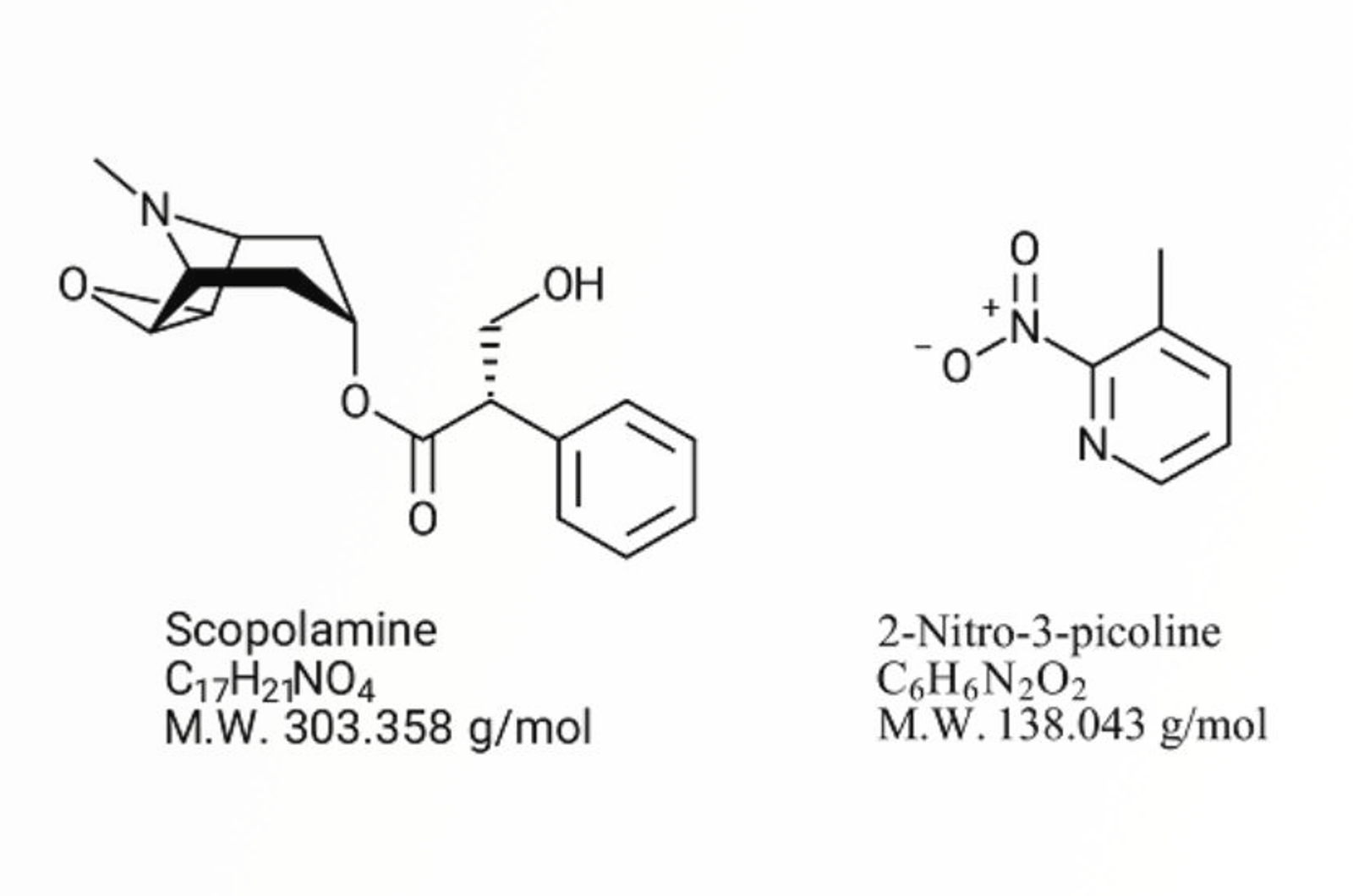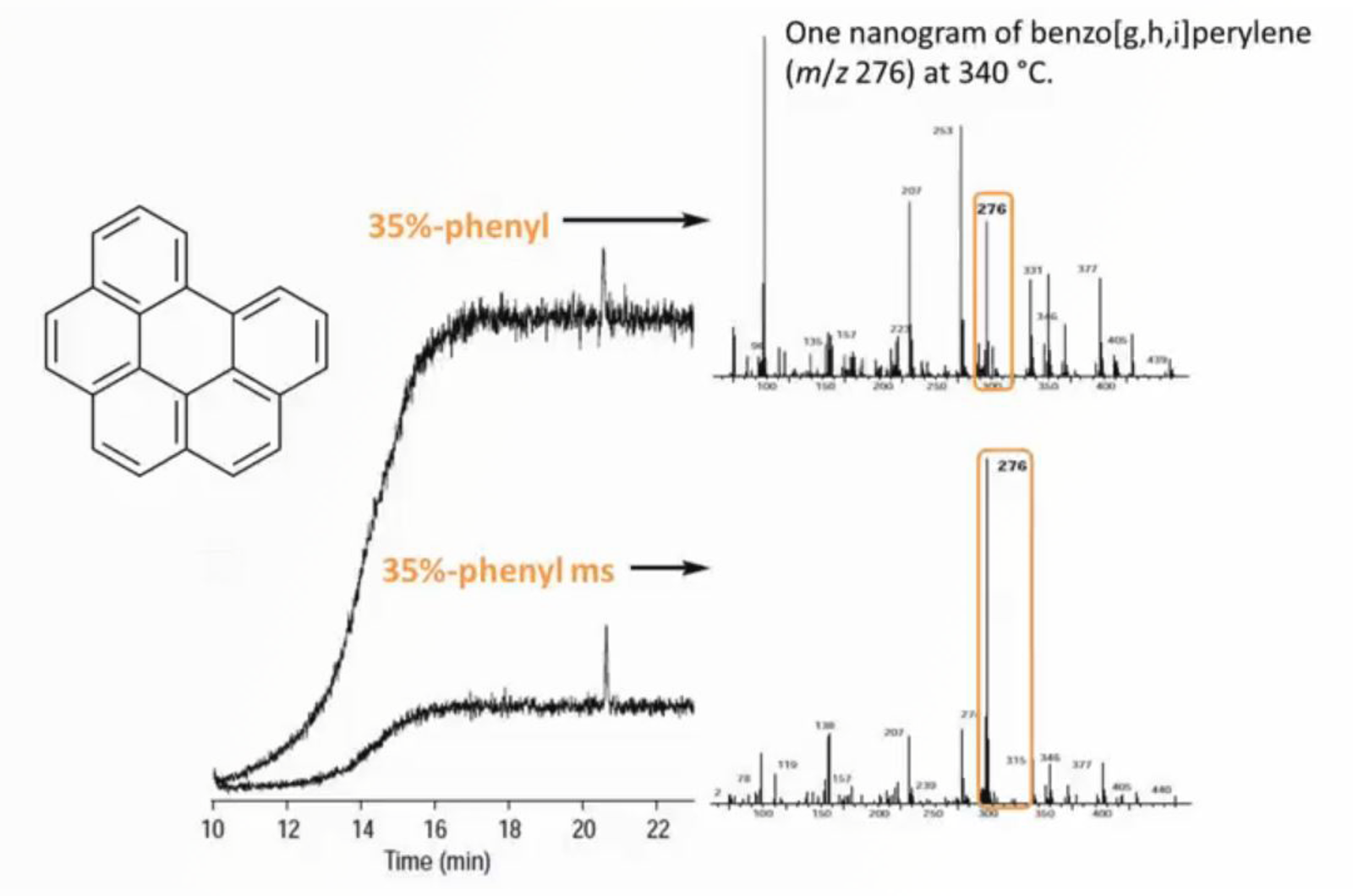GC-MS Operator
The fundamental concepts of GC-MS explained. From system set-up to shutdown. Helping to build understanding and confidence in running GC-MS analysis. With a strong emphasis on practical technique, this course is for GC-MS operators who need to perform error-free routine analysis to a high level of consistency, accuracy and efficiency.
9 Modules 3 Quick Guides

12 Items
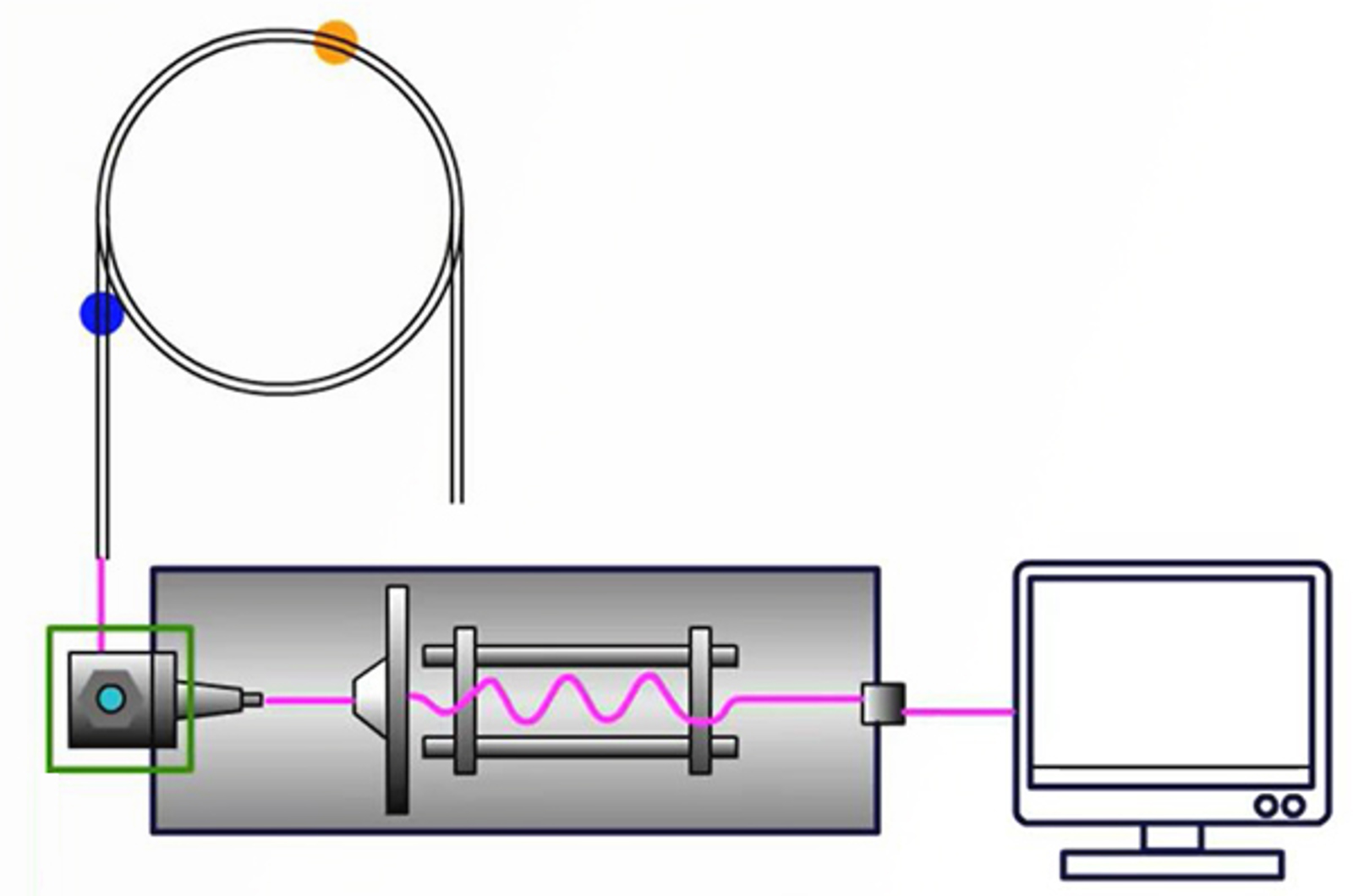
GC-MS Introduction
Gas chromatography-mass spectrometry (GC-MS) is a hyphenated technique which combines the separating power of gas chromatography (GC) with the detection power of mass spectrometry (MS). This module will explore the instrument acquisition methods used and examine the type of data that can be produced from such systems.
Endorsed by 

GC Considerations
This module explores the main GC considerations when using MS detectors. The choice of column phase and dimensions are considered, as well as the effects of carrier gas flows on the MS vacuum system.
Endorsed by 

GC-MS Ionization
An introduction to the ionization processes which occur in GC-MS. Ionization is the process whereby electrons are either removed or added to atoms or molecules to produce ions.
Endorsed by 
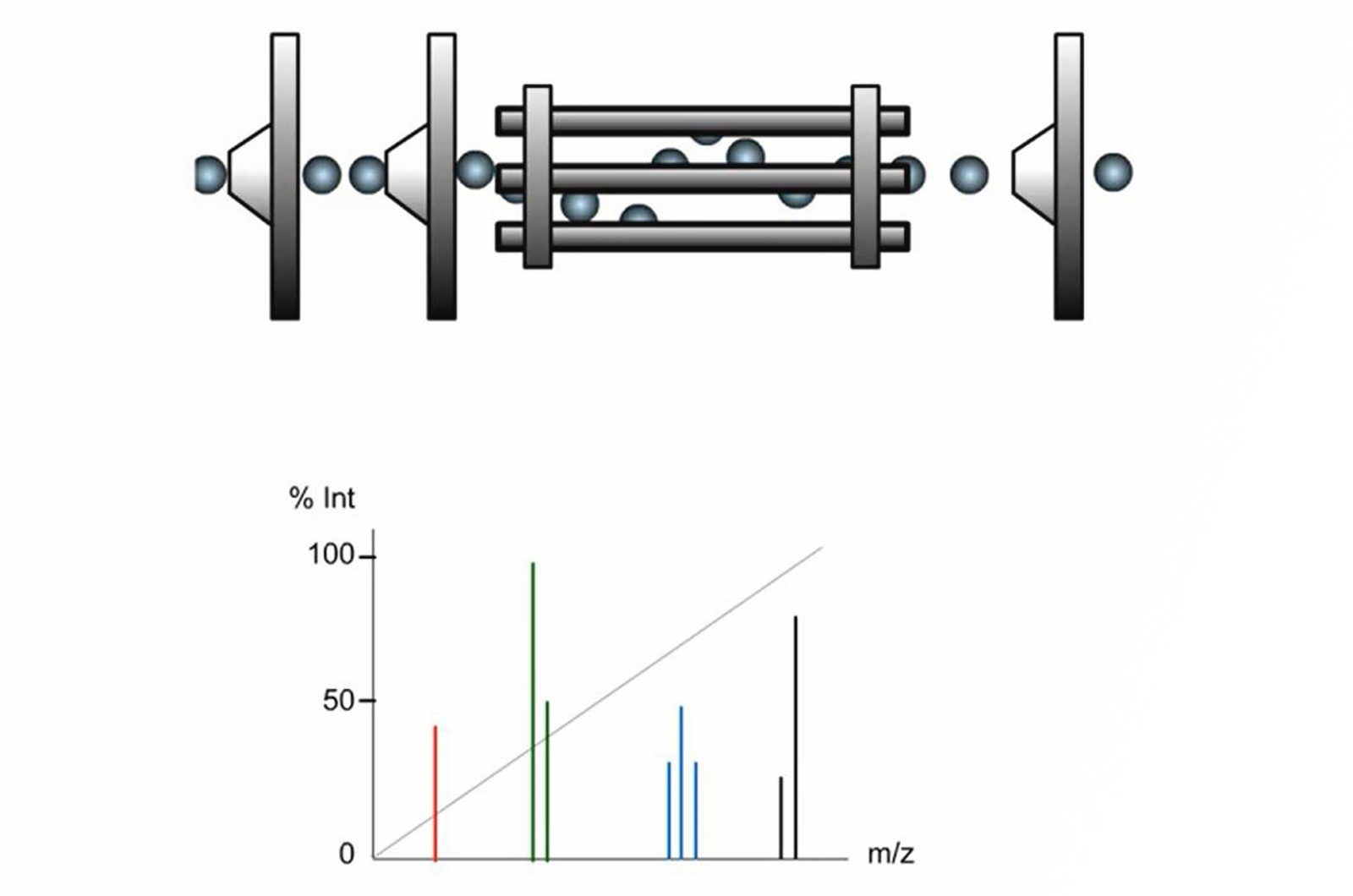
GC-MS Acquisition Modes
GC-MS data acquisition is carried out using full scan or selected ion monitoring (SIM) mode. Scan mode is used to cover a wide range of m/z ratios, whereas, SIM is used to gather data for specific masses of interest. This module will explain the differences between the data generated, provide you with details on the parameters which can be set to acquire the data, and the impact of the acquisition mode and parameters on the sensitivity of that data.
Endorsed by 
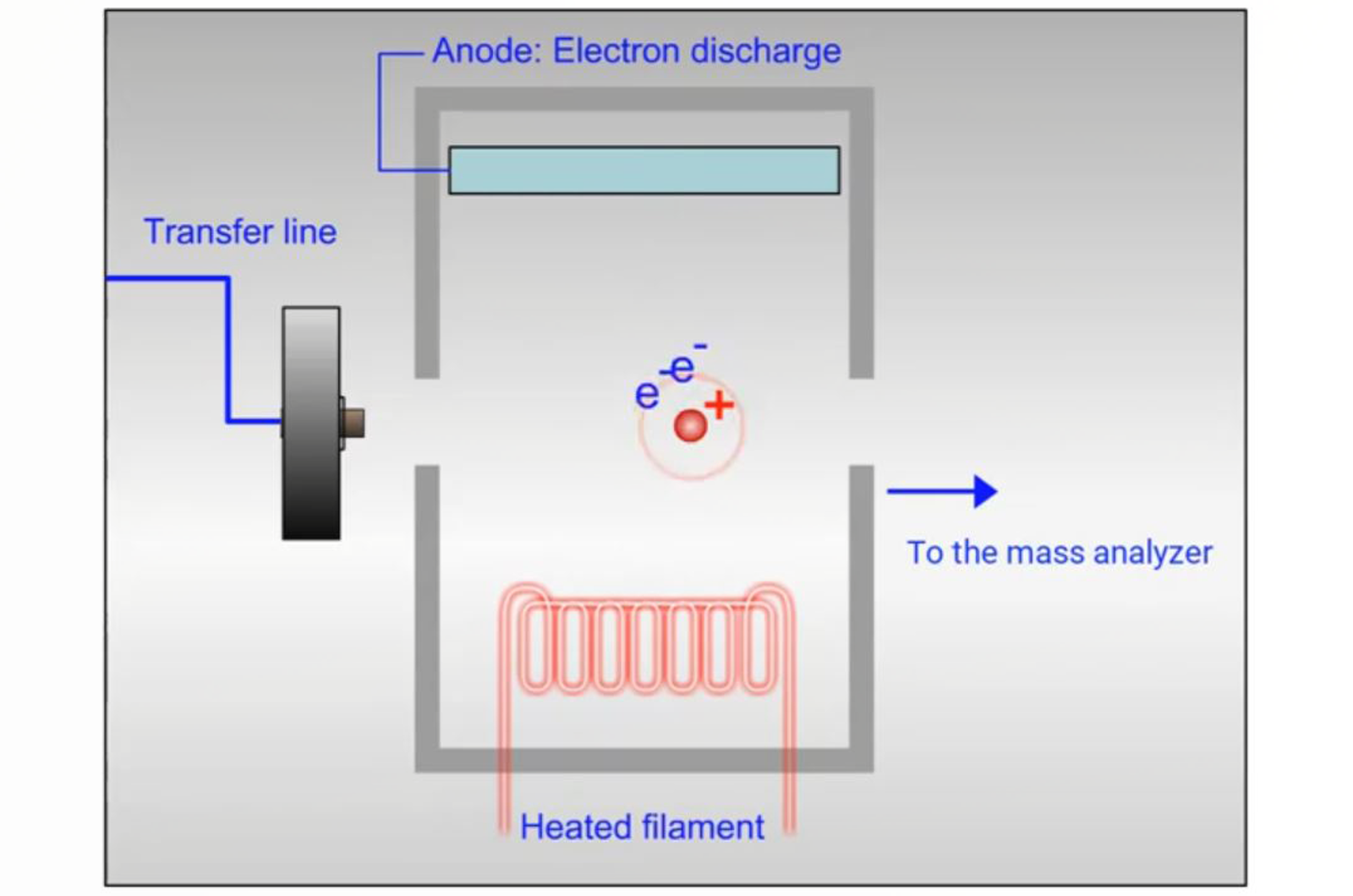
GC-MS Solvent Delay
Using GC-MS solvent delay helps to protect the filament in the ion source, meaning the instrument will perform how it should for longer. This quick guide will detail how to determine the solvent delay time for your method and outline the benefits of using this in every method.
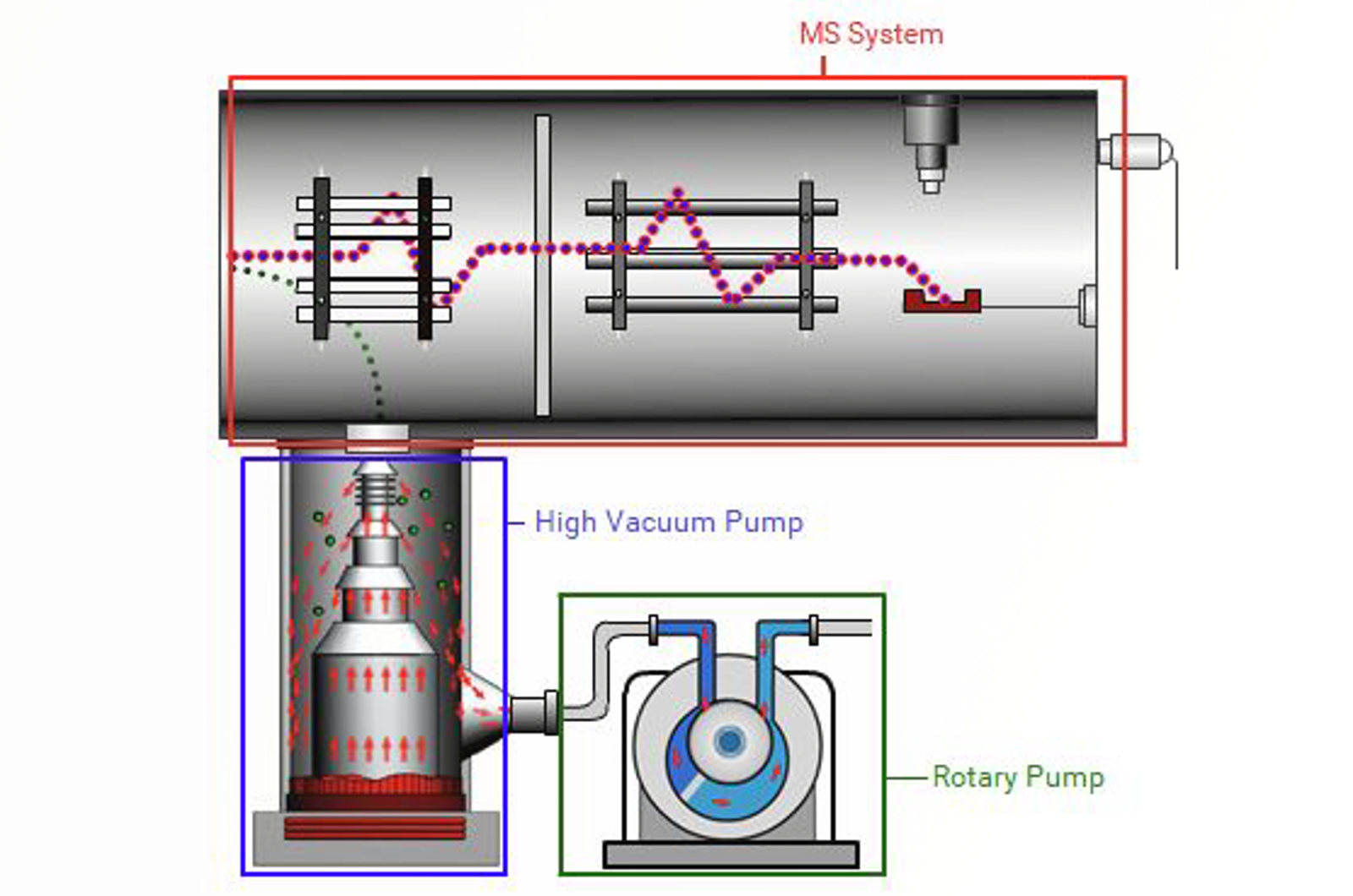
GC-MS Vacuum Systems
High vacuum is essential for GC-MS to function. This module comprehensively covers the pumps used to achieve the required vacuum in a GC-MS system. Practical information is provided on the operating principles of each pump type, as well as troubleshooting and maintenance tips.
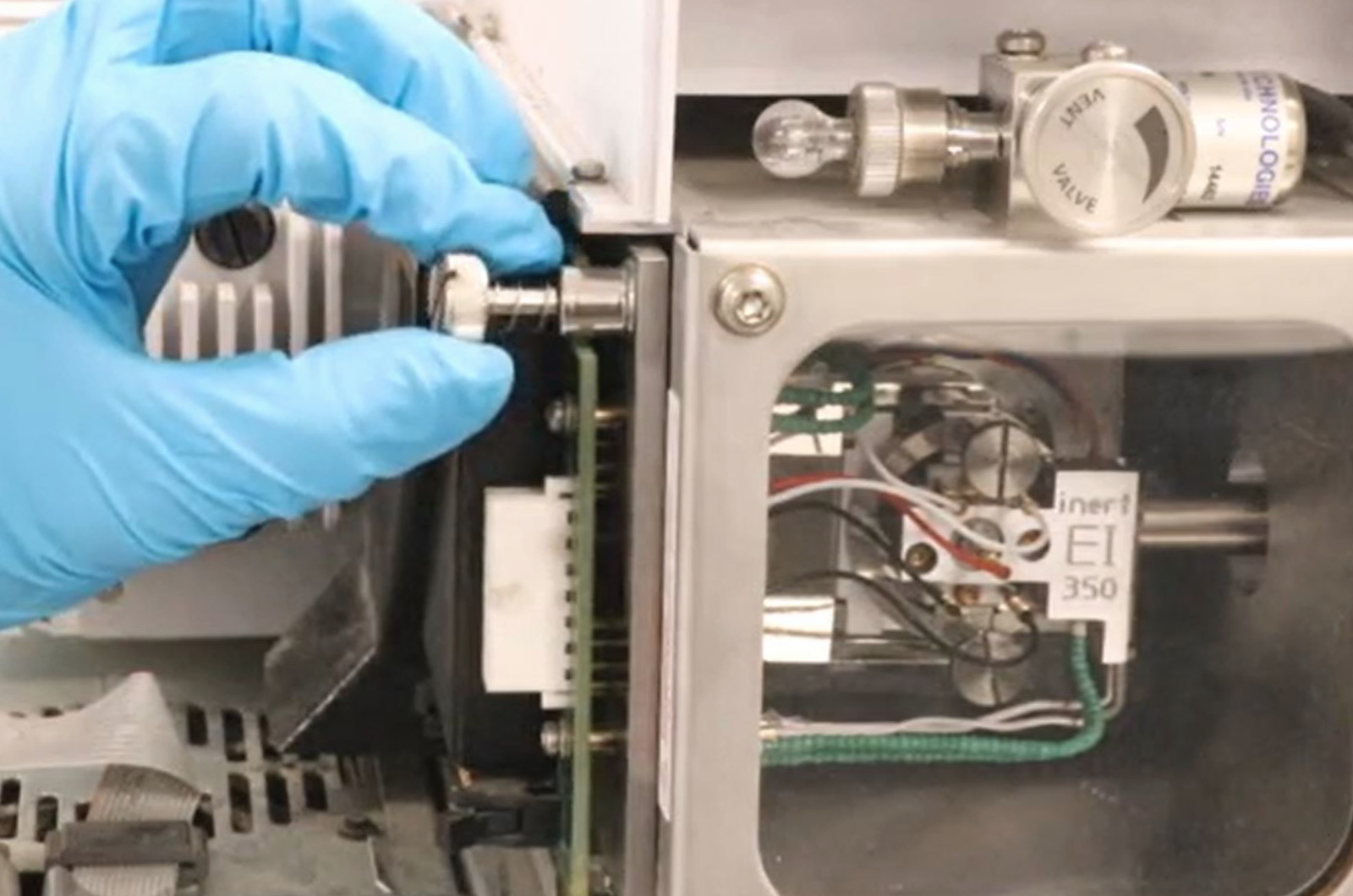
Practical GC-MS Video Bootcamp
The definitive guide to setting up a GC-MS instrument. Working on a real GC-MS instrument we provide you with the fundamental knowledge on the science, working principles, and correct setup of this powerful piece of equipment. An in-depth tour of how to dismantle and clean the ion source will give you confidence to perform preventative maintenance on your instrument.
Endorsed by 
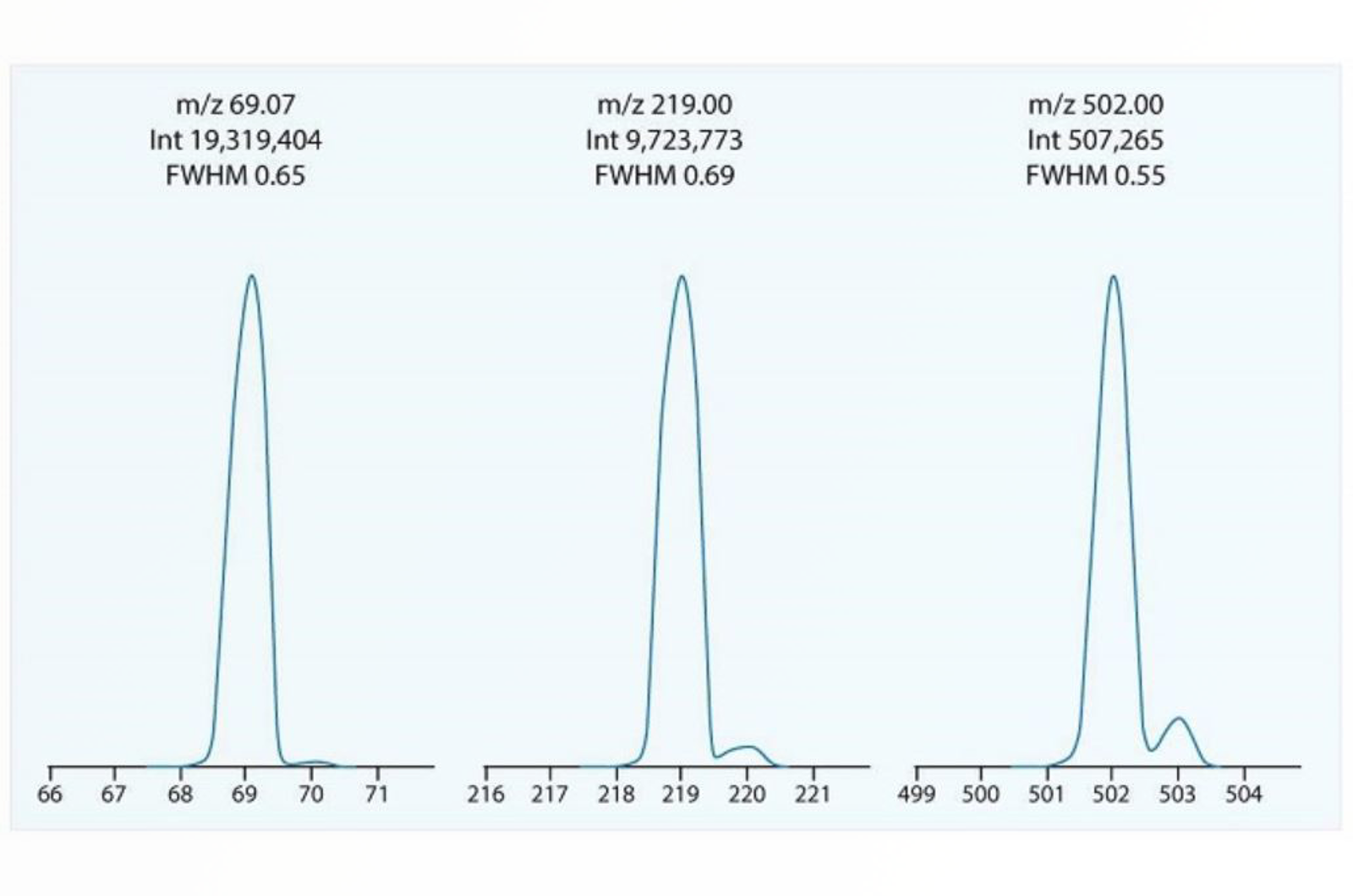
What Can a GC-MS Tune Report Tell You?
A GC-MS tune report is invaluable as it provides information on how well the instrument is working, indicates if cleaning or maintenance is required, serves as a chronicle of how the instrument has performed in the past, and can be used to diagnose problems when troubleshooting.
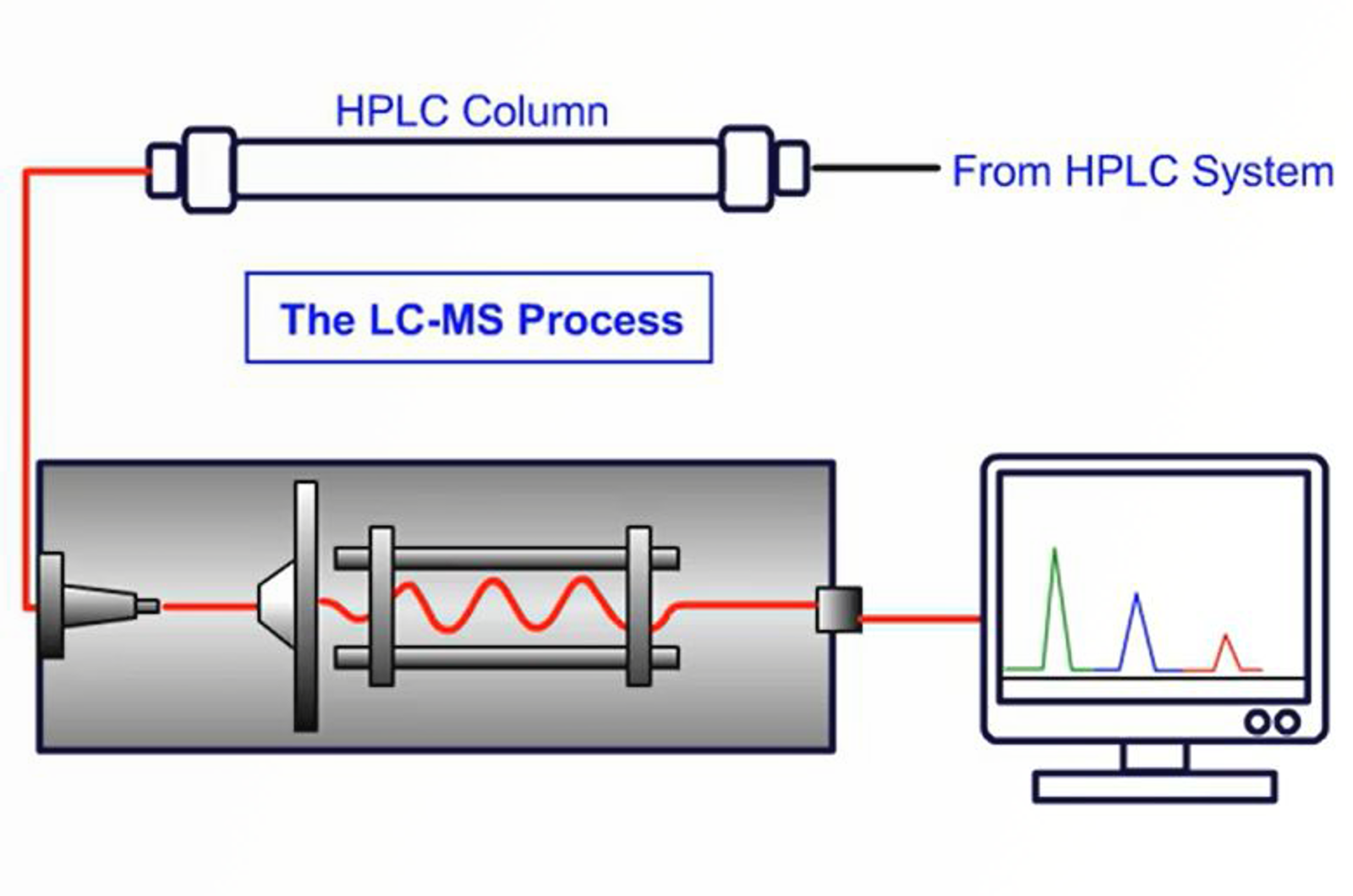
Introduction to Mass Analyzers
In its simplest form the process of mass analysis in GC-MS involves the separation or filtration of analyte ions or fragments of analyte ions created in the ion source. There are several very popular types of mass analyzer associated with routine GC-MS analysis; all of which differ in the fundamental way in which they separate species on a mass-to-charge basis. This module gives an overview of mass analyzers.
Endorsed by 
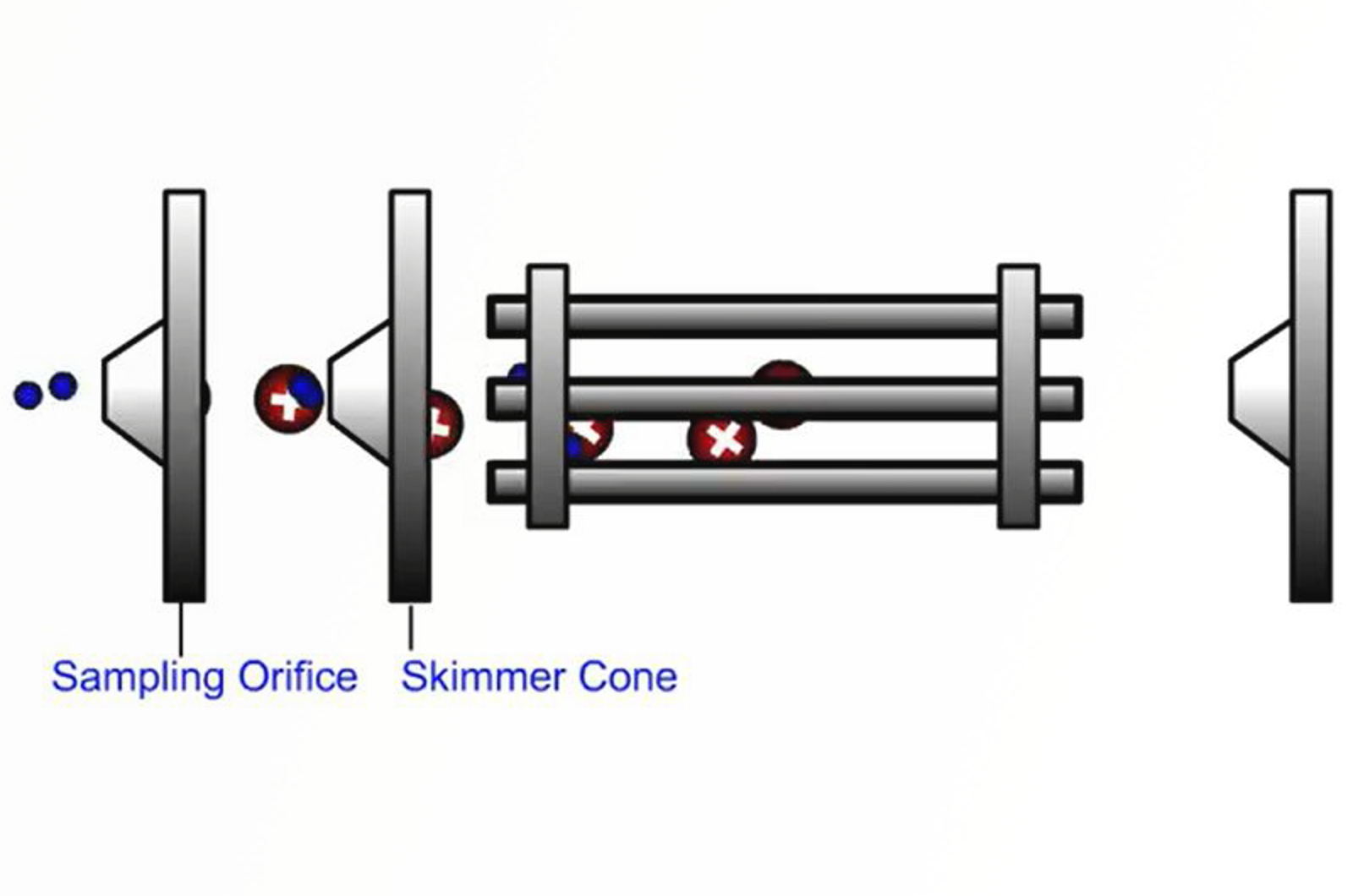
Quadrupole Mass Analyzers
In quadrupole mass analyzing devices, electric fields are used to separate ions according to their mass-to-charge ratio (m/z) as they pass along the central axis of four parallel equidistant rods (or poles) that have fixed (DC) and alternating (RF) voltages applied to them.
Endorsed by 

